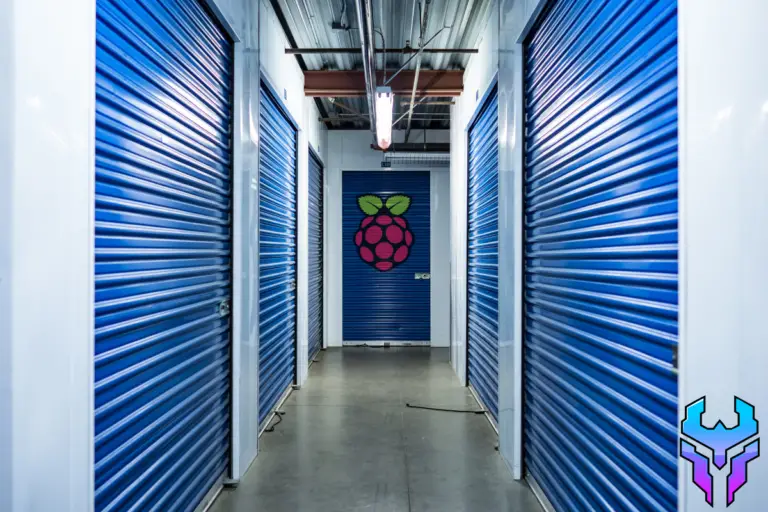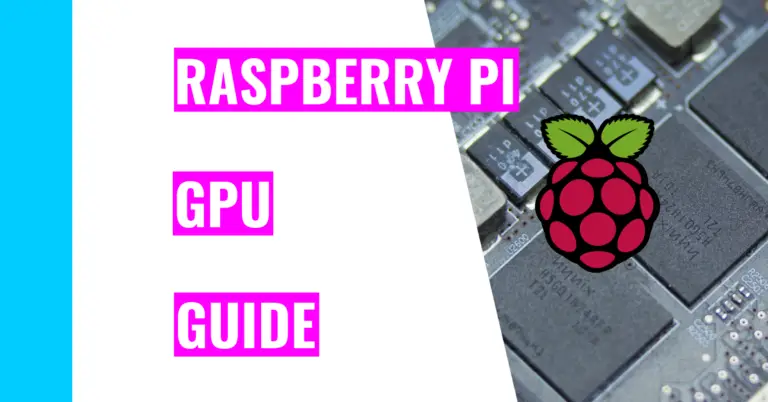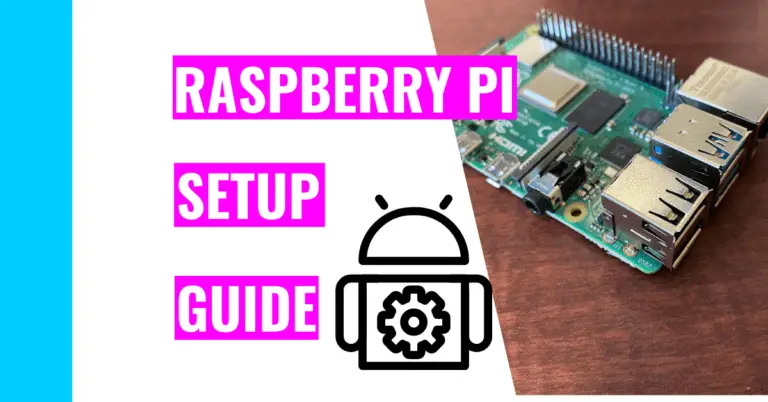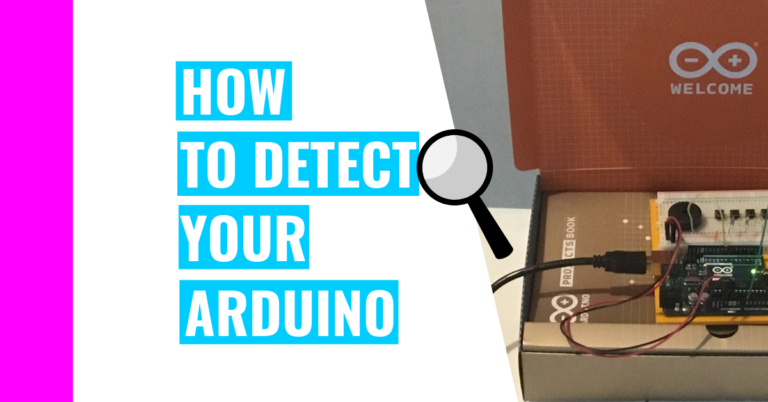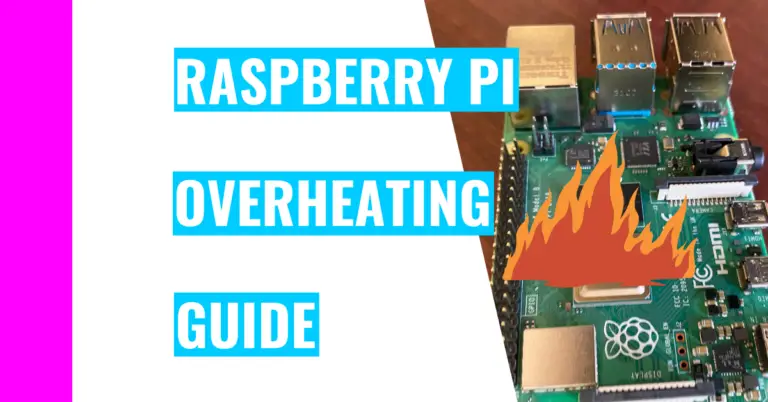Why Pick Raspberry Pi? 5 Advantages of Raspberry Pi over Arduino
For a long time, I’ve raved about Arduino and its great features. I’ve used it many projects and I’ve even wrote an article explaining why Arduino is better than other devices like Raspberry Pi. Because everything has its advantages and disadvantages, I wanted to write this article to shine the spotlight on Raspberry Pi and point out Arduino’s flaws.
Consequently, this may lead you to wonder: “Why should you pick Raspberry Pi?”
You should pick Raspberry Pi because it has more peripherals built in, it has more programming abilities and features, it’s easier to multitask with, it has more built in features (like Bluetooth and Wi-Fi), and it has better safety features.
If you’re still curious about this and want to learn more, the rest of this article will dissect each benefit of working with Raspberry Pi.
1. More Peripherals Built In
An Arduino board doesn’t have many peripherals built in. Of course, you can add peripherals by installing the necessary libraries, writing the code for it, and buying the parts for it.
On the other hand, Raspberry Pi is a great choice if you want to use lots of peripherals without having to do all that hard work to gain access. For instance, Raspberry Pi has peripherals that can support a keyboard, mouse, screen, etc. Granted, you’ll have to buy these accessories yourself if you don’t have them already, but it’s really easy to install and use.
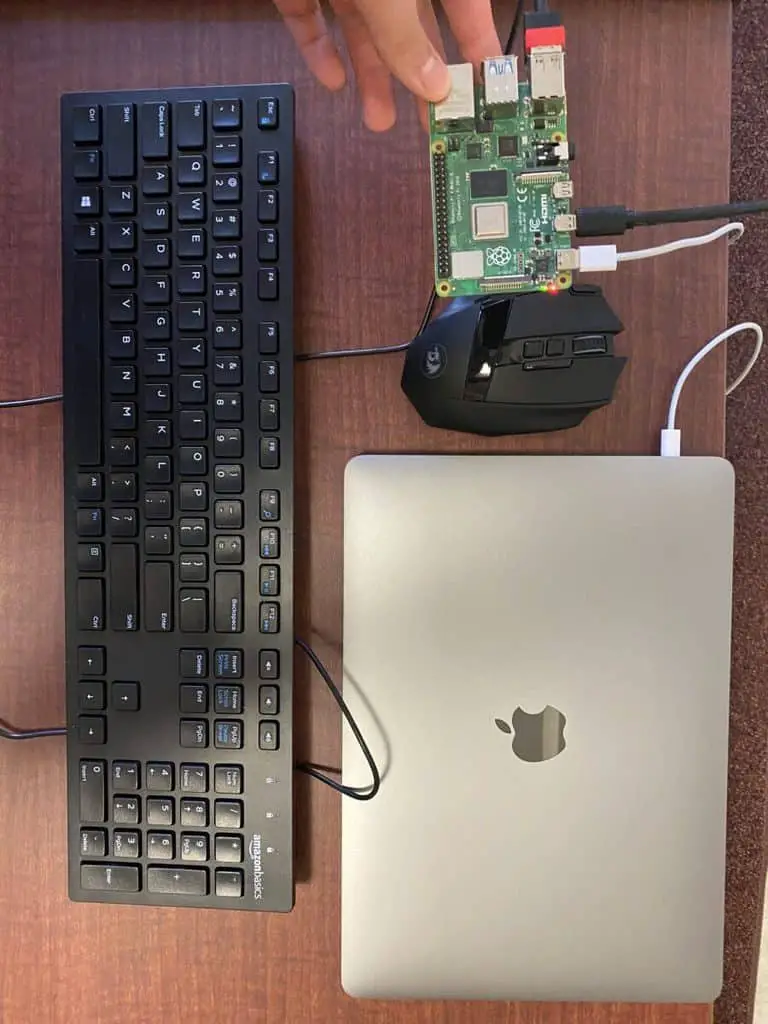
2. More Programming Features
Almost all Arduino boards utilized code that’s written in C/C++. Of course, you can use other programming languages like Python, but it’s harder to incorporate and the process to install it is not easy for beginners just starting out with an Arduino.
If you want to learn more about using Python with Arduino, then you should consider reading my guide on using Python with Arduino. I also go a little more in detail on the installation process if you want to use Python with Arduino.
On the other hand, Raspberry Pi uses way more programming languages. For example, besides utilizing C/C++, Raspberry Pi also involves Python, JavaScript, Java, Rust, Scratch, etc. Unlike using other programming languages with Arduino, you don’t need to go through annoying, tiring installation processes in order to start using these programming languages.
Moreover, the number of IDEs (Integrated Development Environment) available for Arduino is limited. The majority of Arduino users use the one provided by the Arduino company (which is aptly named the Arduino IDE), but you could also use something like Platformio. Other Arduino-compatible IDEs usually use plugins rather than being only used for Arduino themselves.
On the other hand, there are many text editors/IDEs to write your code in when working with Raspberry Pi. For instance, Geany, BlueJ, or Thonny are great IDE options. Raspberry Pi is able to afford more IDEs for users to program in because it utilizes an operating system.
3. Easier To Multitask With
Since it uses an operating system and is multicore (it has 4 cores, which is also known as quad core), Raspberry Pi is a better choice if you’re into multitasking or if your project requires this feature.
In Arduino, if you do write and implement more than one void loops, you’ll notice that none of them will work simultaneously. The Arduino is single thread, which means it will go through each line of instruction one by one.
Still, there are other ways you can implement to make it look like your Arduino is running two things at the same time. For instance, you can use a Scheduler library if you had the proper Arduino board that supports it. Unfortunately, the popular Arduino Uno Rev 3 board doesn’t support it. That means you should use (and get creative with) the millis() function so that you can make it look like your Arduino is multitasking.
If you want to learn more about multitasking with Arduino, consider reading my guide on using multiple void loops with Arduino. I’ll go into more depth on using the techniques I’ve mentioned above along with some additional tips.
Either way, the methods required for Arduino to multitask mentioned above are complicated and tricky, which is why Raspberry Pi proves itself to be beneficial in certain circumstances like these.
4. More Built-In Abilities
What I really like about Raspberry Pi is that it has Bluetooth and Wi-Fi connectivities built right into the device. That makes your $35 really worth spending because not all Arduino boards come with these features.
If you wanted Bluetooth or Wi-Fi abilities, you would need to buy special Arduino boards or extra modules or shields that give your Arduino this ability, which means you would have to spend an addition $20 to $40 dollars.
Factoring in all these costs, Raspberry Pi is the clear winner if Bluetooth and Wi-Fi capabilities are really important to you!

5. Better Safety Features
To put the icing on the cake, Raspberry Pi also has better safety features than Arduino.
For example, Arduino has a tendency to crash or hang when you run out of memory or don’t properly use your memory when programming your code. For instance, improper memory allocations can use too much (or not enough) memory for a specific piece of code, which results in a crash. Moreover, if you don’t optimize your code and constantly use global variables, you’re most likely going to use more of your memory.
These mishaps may happen more easily with Arduino because there are no checks and balances built into the system to prevent this.
On the other hand, Raspberry Pi does memory checks since these checks are part of operating systems to make sure you’re not using memory that’s has a different purpose and Raspberry Pi utilizes an operating system. If you do somehow forcefully and improperly use some memory, only the app will crash instead of your board.
Summary – tl;dr (Too Long; Didn’t Read)
Here are some of the main points you should keep in mind for the future after reading this article:
- Raspberry Pi is better than Arduino due to the following 5 reasons:
- It has more peripherals built in so that you don’t have to do all the work to add this feature.
- It gives you more flexibility to choose which IDE you want to code in and the programming language you want to code in.
- It’s great for running multiple tasks since it’s not single-core like Arduino.
- It has Bluetooth and Wi-Fi built in so you don’t need to buy special boards or modules to gain access to these capabilities.
- It has better safety features so you can use it without having to worry about crashes.
Hopefully, by the end of this article, you’ve come to realize how great it is to work with Raspberry Pi. In fact, working with this fantastic gadget may be even better than eating raspberry pie!

